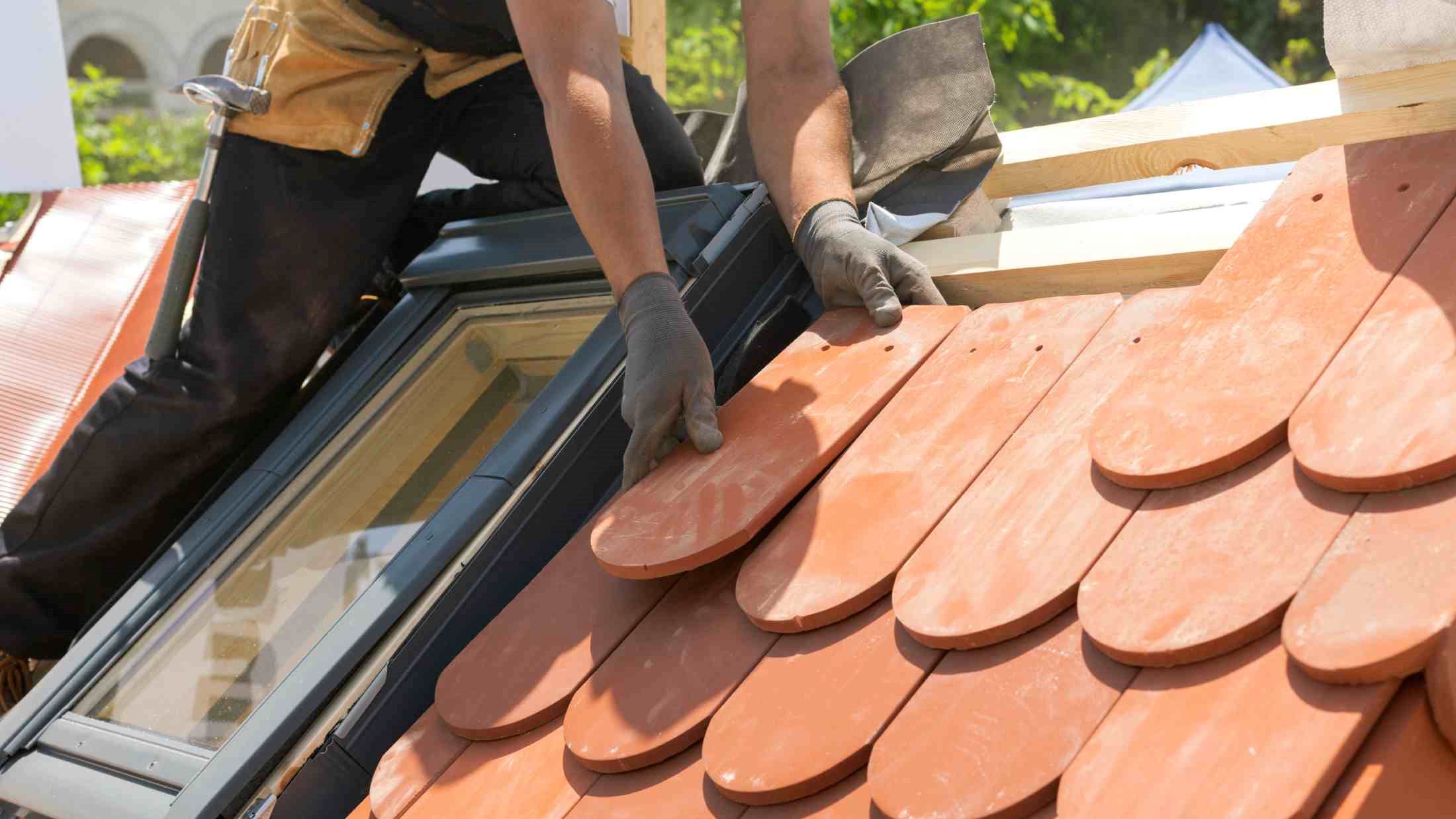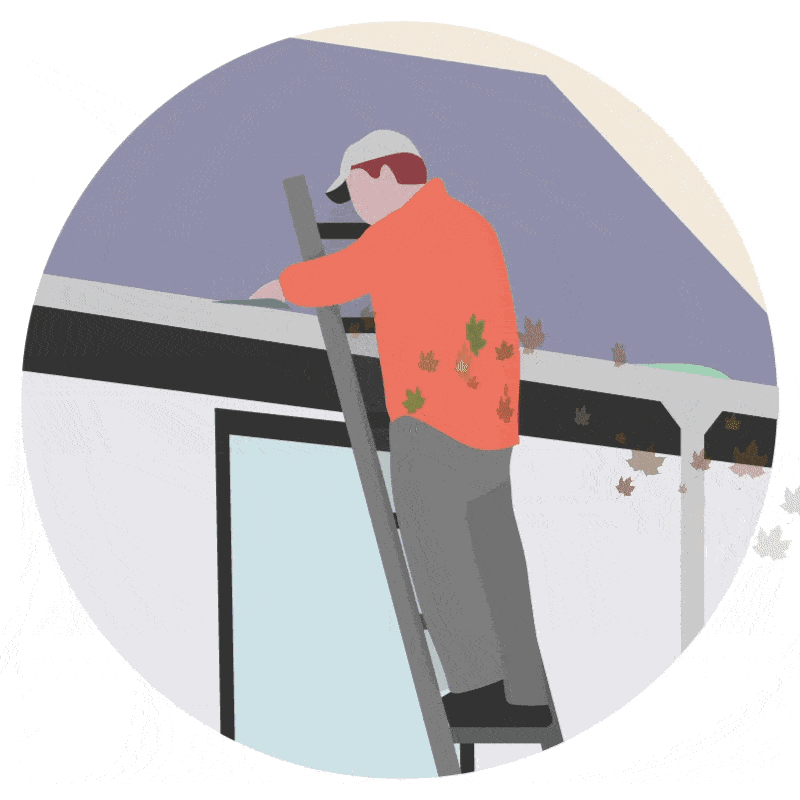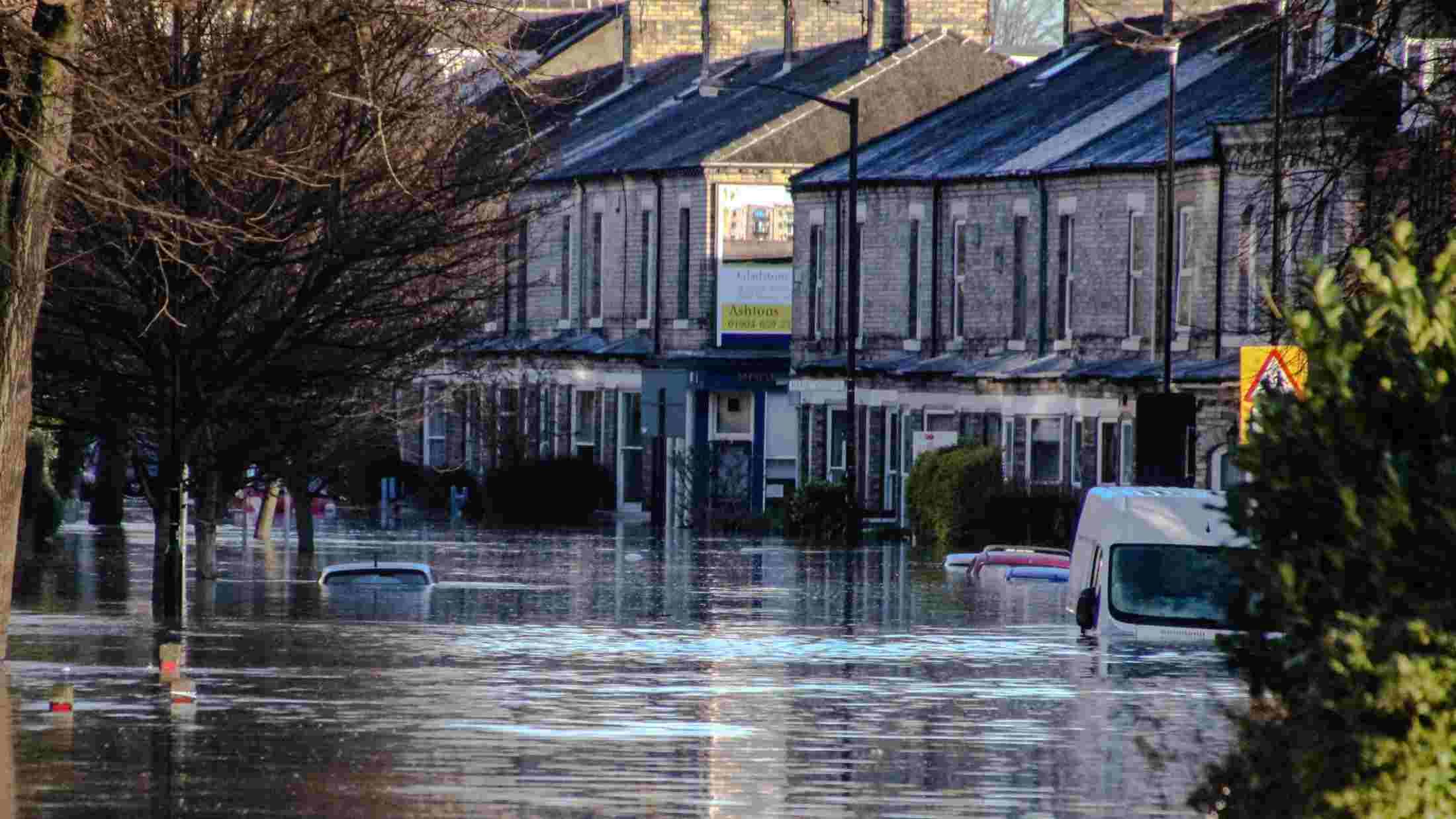Strong winds can put serious strain on your home and rental properties. But they can also result in unexpected damage to your bricks and mortar buildings, as well as your wallet.
But what exactly constitutes gusts and high winds, and how are they measured? According to the Met office, a gale is defined as a surface wind with an average speed of 34-40 knots (equivalent to 39-46 mph), whereas terms like ‘severe gale’ or ‘storms’ are used to describe winds of 41 knots (equivalent to 47 mph) or greater.
Such high speeds can wreak havoc on your home, so protecting your property before this inclement weather touches down is a priority.
Here, AXA offers some tips on how you and your property can ride out high winds safely – and hopefully damage free:
Before high winds hit
Get your roof ready
Your roof can be one of the most vulnerable parts of your home during high winds, so it’s vital to check for missing tiles and ensure everything is secure before bad weather bites.
Debris on the ground from broken slates or tiles and leaning chimneys are tell-tale signs your roof may need some TLC. It’s a good idea to get your roof checked by a professional at least twice a year to prevent any problems from worsening.
Clear your pipes
Check all guttering and pipes are fixed securely and free from debris to prevent overflow and damage to plasterwork. High winds can seriously damage guttering so try to carry out regular checks throughout the year.
Draught proof
To prevent chilly draughts causing the temperature in your home to plummet, why not try draught-proofing windows and doors with sealant or draft excluders? Not only could this help keep your windows from rattling and your home cosier, you’ll also use less energy to heat your home – helping to make your household that little bit greener. Your wallet will also feel the benefit too as draught-proofing around windows and doors could save you around £45 per year.
Strong and sturdy
Make sure all fences and posts are as secure as possible. You don’t want them to cause damage to any other parts of your property - or worse, anyone else’s. Secure entry doors with suitable hinges and be sure to lock windows and garage doors.
Damage limitation
Before high winds hit, shift essentials like food and clothing and other valuables to safe spaces in your home. Move furniture away from the walls and windows to limit damage.
Park up
Where you can, park your car in a garage to keep it safe from trees and other objects uprooted by strong gusts. Make sure to check your car insurance provides you with the right cover, so you can have peace of mind knowing you’ve got the protection you need when you need it most.
Remember, if you’ve got AXA car insurance, you can check what you are and aren’t covered for, in your online account.
Gut the garden
Keeping a tidy garden will help add to your sense of calm in the eye of storm. Use your shed or outhouses to store away flowerpots, gnomes, garden furniture, barbecues, toys, bikes, lawnmowers, trampolines, and anything else that’s at risk of being blown away in windy weather.
Time to trim
Before high winds hit, get green-fingered by getting rid of overhanging, loose, or dead branches. This will help prevent them from breaking off during strong gales and causing damage to your home and its surroundings.
In the height of the high winds
Keep an emergency kit on hand
This could be especially useful if stormy weather results in a power cut. Basic items to include in the kit are:
- a list of emergency contact numbers
- home insurance documents
- torches
- tinned food and drinking water
- blankets and warm clothing
- instructions on how to safely turn off your power, water, and gas
- a first aid kit.
Keep your finger on the pulse
Keep your eyes peeled on social media updates, watch out for weather warnings, and listen to local media for any weather updates that may affect you.
After the gusts die down
Wait it out
Don’t try to make any repairs and only go outside when it’s safe to do so. Always wait for professionals to deal with any downed power cables or structural damage.
Act swiftly
If your property is damaged, try to report an insurance claim as soon as possible and always check with your insurer before arranging any repair work. If you need to, get emergency repair work done immediately to prevent further damage.
Remember, most home insurance policies don’t cover damage caused solely by wear and tear or poor maintenance, so it’s a good idea to keep your property in tip-top condition to safeguard it against bad weather.
Please note, AXA home insurance policies don’t cover damage to fences following a storm or flooding.
Don’t throw out
Make sure not to throw out goods damaged during the storm. Keep all receipts and relevant paperwork in a safe place - you may need them to help process your claim.
Get snap happy
If you can, take photos or videos of the damage to your property. This may help support your insurance claim.
Even if you do put all the above safety measures into action, there’s still the chance your property could be damaged by high winds. That’s why it’s a good idea to get to grips with the ins and outs of your home, contents and car insurance before windy weather hits so that you know exactly what you’re covered for if the worst happens.
If you’re an AXA customer, you can check what is and isn’t covered by your policy, in your online account.
Once you’ve logged in, make sure you’ve checked your details are up to date, too. If your information isn’t right when you go to make a claim, we might not be able to pay it in the way you’d expect.















